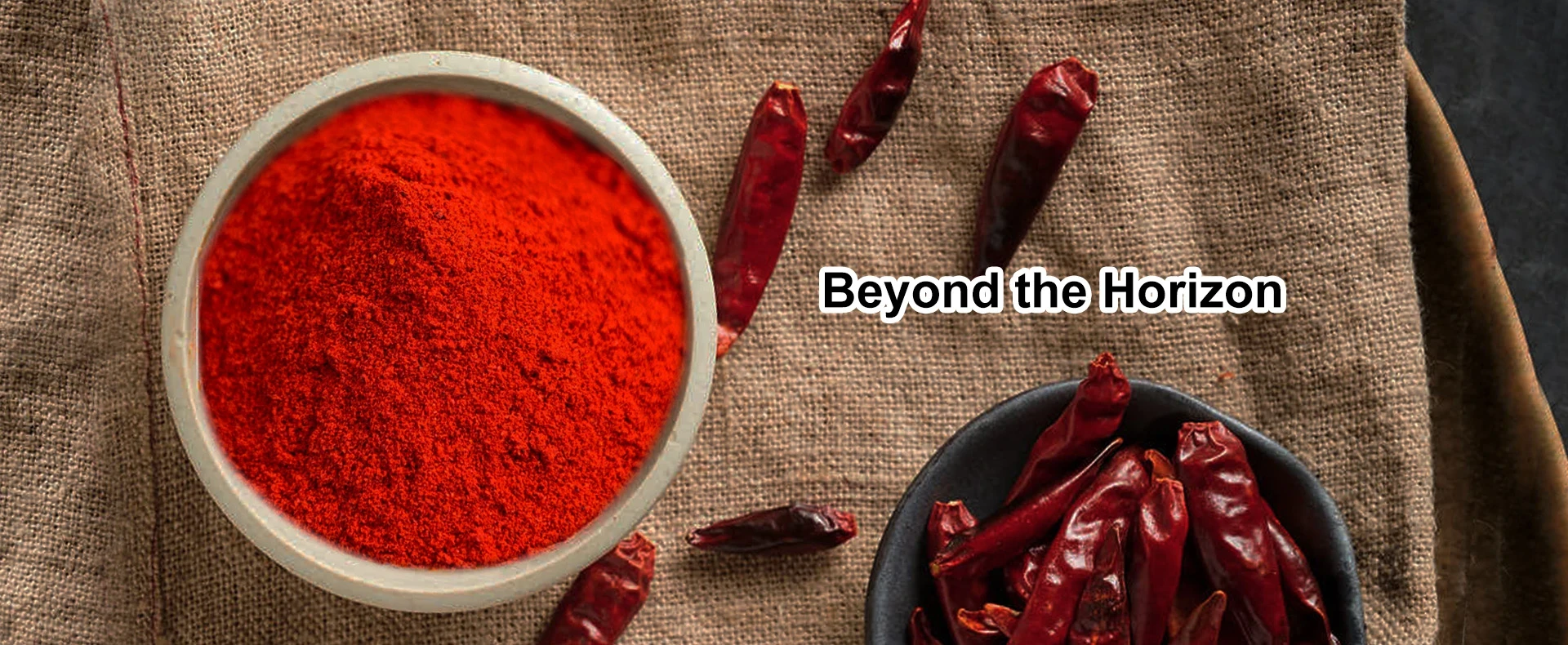- No. 268 Xianghe Street, Economic Development Zone of Xingtai city, Hebei 054001 China
- Byron@hbhongri.cn
Vibrant Paprika Red Pepper for Flavorful Cooking and Health Benefits
The Vibrant World of Paprika Exploring Red Pepper
Paprika, a spice that has captivated culinary enthusiasts and home cooks alike, is derived from specific varieties of Capsicum annuum, a species of the pepper plant. Renowned for its vibrant red color and distinct flavor profile, paprika not only elevates the aesthetic appeal of dishes but also enhances their taste. This article delves into the origins, types, health benefits, culinary uses, and cultural significance of paprika, focusing on its roots as a red pepper.
Origins and Types
Paprika has its roots deeply embedded in the history of Hungary and Spain, where it has become a staple ingredient in traditional cuisines. The spice is made from grinding the dried fruits of red peppers, which can vary in flavor from sweet to smoky and hot. Broadly, there are several types of paprika, including sweet paprika, hot paprika, and smoked paprika. Sweet paprika is mild and often used for its colorful contribution to dishes, while hot paprika provides a fiery kick to recipes. Smoked paprika, infused with a rich, smoky flavor, is particularly popular in Spanish cuisine, where it is used in classic dishes like paella.
In Hungary, paprika is celebrated as the national spice, and its significance in the culinary culture cannot be overstated. The Hungarian variety, known for its rich flavor and bright color, is often used in goulash and stews. Meanwhile, in Spain, the use of paprika extends to various dishes, including chorizo and patatas bravas. Each region’s use of paprika reflects the versatility of this remarkable spice.
Health Benefits
Apart from its culinary applications, paprika is also packed with health benefits. This colorful spice is rich in vitamins, particularly Vitamin A and Vitamin E, which are essential for maintaining healthy skin and vision. Additionally, paprika contains antioxidants such as carotenoids, which help combat oxidative stress in the body. The capsaicin present in some types of paprika is known for its anti-inflammatory properties and may contribute to pain relief.
Furthermore, paprika has been associated with improved digestion, as it can stimulate the production of digestive enzymes. This can be particularly beneficial for those looking to enhance their digestive health. Including paprika in your meals not only adds flavor but also contributes to a balanced diet.
Culinary Uses
paprika red pepper

The culinary uses of paprika are as varied as its types. It can be used in spice blends, marinades, sauces, and soups, making it an essential ingredient in many kitchens worldwide. A sprinkle of paprika can transform simple dishes, adding a stunning visual appeal and a depth of flavor that elevates the overall dining experience.
In addition to being a popular seasoning for meats, paprika is also an excellent addition to vegetarian dishes. It works beautifully in roasted vegetables, grain salads, and even as part of a spice rub for tofu. The vibrant red color enhances the presentation of any meal and can entice even the most discerning of diners.
Paprika can also be used as a garnish, adding a pop of color to dishes like deviled eggs, potato salads, and hummus. Its versatility makes it a beloved ingredient in various cuisines beyond Hungarian and Spanish, including Middle Eastern and Indian dishes.
Cultural Significance
Culturally, paprika symbolizes warmth, flavor, and comfort. In Hungary, paprika is more than a spice; it is integral to the national identity, celebrated in festivals, and showcased in cooking competitions. Traditional Hungarian dishes often feature paprika at their core, bringing together generations of families around the dining table.
As globalization continues to shape our culinary landscape, paprika remains a beloved spice, transcending borders and enriching meals worldwide. It serves as a reminder of the simple pleasures of cooking, the importance of flavor, and the stories that spices can tell.
Conclusion
In summary, paprika is more than just a colorful spice; it is a journey into culinary history, a source of health benefits, and a versatile ingredient that finds its place in kitchens around the globe. Embrace the allure of paprika, and let this brilliant red pepper transform your cooking and enhance your meals with its rich flavor and cultural significance. Whether in a traditional dish or a modern concoction, paprika will always have a place on the dining table.
-
Turmeric Rhizome Powder: A Golden Treasure from Roots to TableNewsJul.28,2025
-
The Versatile Application Of Crushed Red Hot Peppers: Lighting Up The Red Flames On The Dining TableNewsJul.28,2025
-
The Paprika: A Touch Of Vibrant Red In Color, Flavor, And CultureNewsJul.28,2025
-
Ground Turmeric: A Modern Examination of an Ancient SpiceNewsJul.28,2025
-
Capsicum Liquid Extract: Features, Applications, and ChallengesNewsJul.28,2025
-
Application of Capsicum Liquid Extract in FoodNewsJul.28,2025







